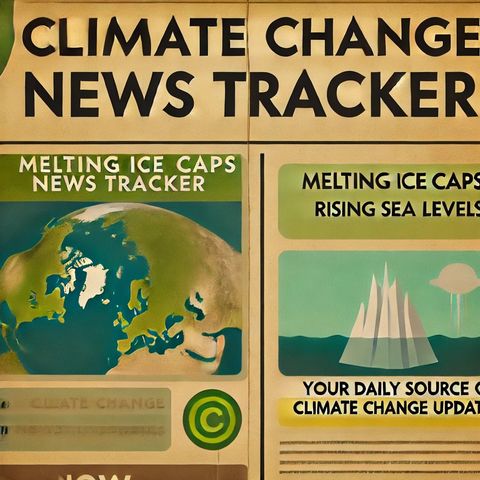Sustainable Solar Solutions: USGS Study Optimizes Renewable Energy and Desert Ecosystem Conservation in the Southwest

Descarga y escucha en cualquier lugar
Descarga tus episodios favoritos y disfrútalos, ¡dondequiera que estés! Regístrate o inicia sesión ahora para acceder a la escucha sin conexión.
Sustainable Solar Solutions: USGS Study Optimizes Renewable Energy and Desert Ecosystem Conservation in the Southwest
Esta transcripción es generada automáticamente. Ten en cuenta que no se garantiza una precisión absoluta.
Descripción
As the demand for renewable energy sources in the U.S. continues to surge, the Southwest deserts are becoming hotspots for large-scale solar energy developments. These projects aim to harness the...
mostra másIn response to these concerns, the U.S. Geological Survey (USGS) has embarked on a comprehensive study to understand and predict how these solar projects affect the delicate balance of desert ecosystems. The study not only examines the immediate effects of solar facility construction and operation but also strives to project future ecological responses. By developing predictive frameworks, USGS aims to offer insights into long-term ecological impacts, providing a valuable tool for stakeholders and policymakers.
A significant aspect of the USGS research is identifying strategies to mitigate or minimize negative impacts on the environment. Potential mitigation measures could include designing solar facilities in a way that reduces habitat disruption, employing construction methods that limit ecological disturbance, and implementing ongoing environmental monitoring to ensure adaptive management strategies can be deployed swiftly. Furthermore, the study emphasizes the importance of location planning, advocating for solar developments in areas that pose fewer risks to critical habitats or endangered species.
The findings of the USGS study are crucial for balancing the dual goals of advancing renewable energy and conserving biodiversity in the desert Southwest. By integrating scientific research into the planning and development processes, it becomes possible to optimize solar energy benefits while safeguarding the unique flora and fauna of these arid landscapes.
As solar energy development progresses, continued collaboration between researchers, energy developers, and environmentalists will be vital. These efforts will not only ensure the U.S. meets its renewable energy targets but also preserve the ecological integrity of the desert ecosystems, offering a model for sustainable energy practices worldwide.
Información
| Autor | QP-4 |
| Organización | William Corbin |
| Página web | - |
| Etiquetas |
Copyright 2024 - Spreaker Inc. an iHeartMedia Company
